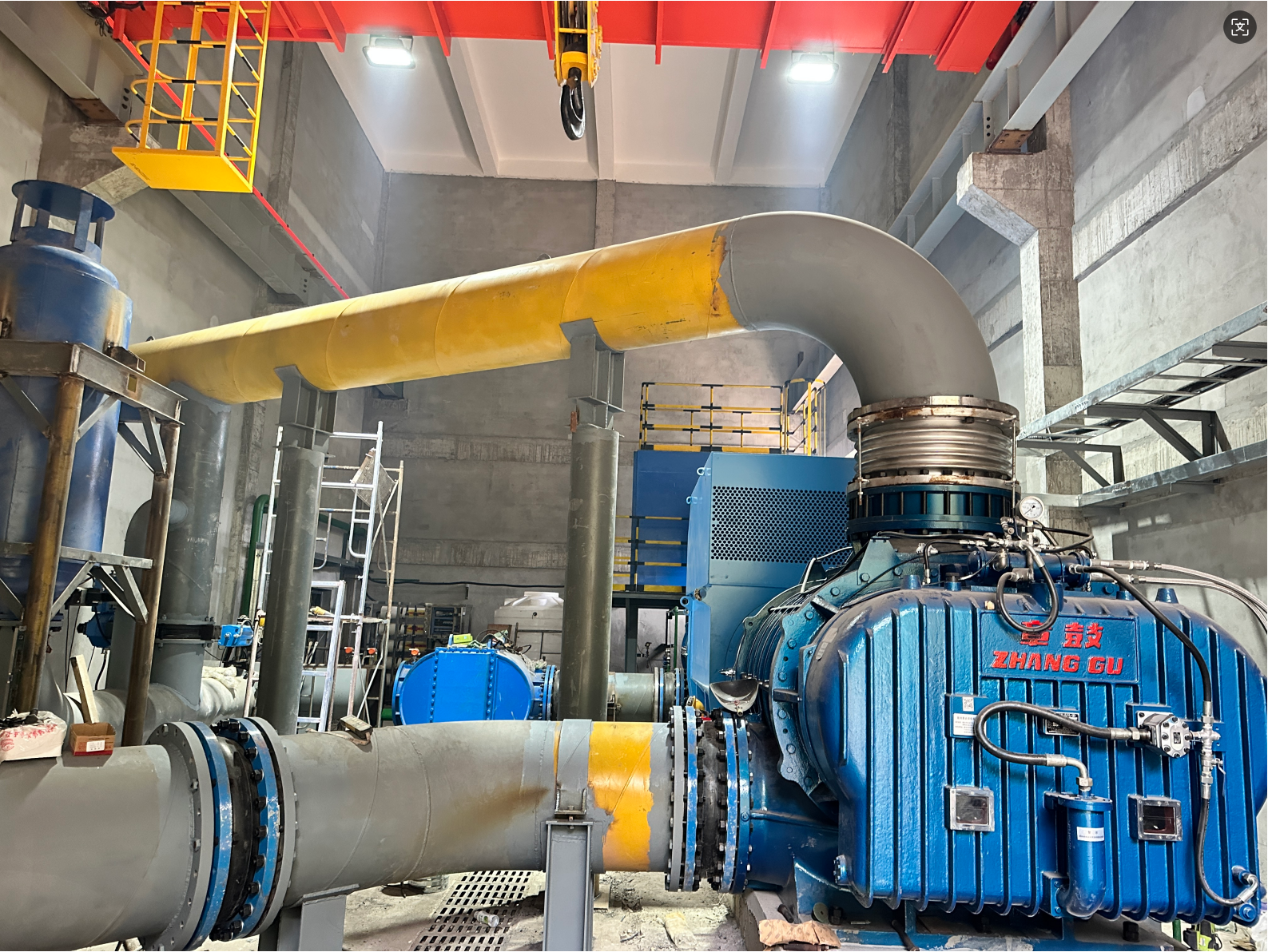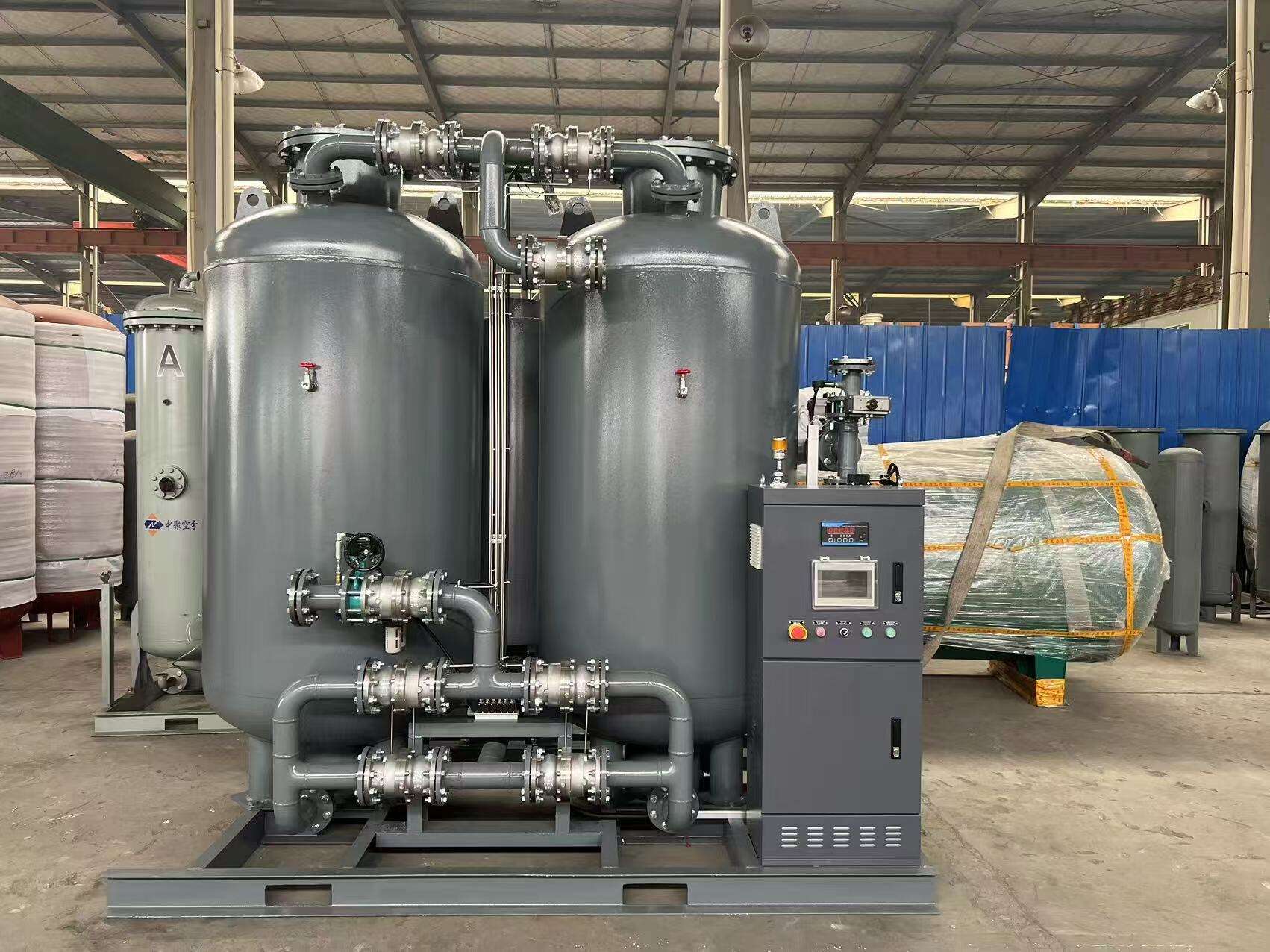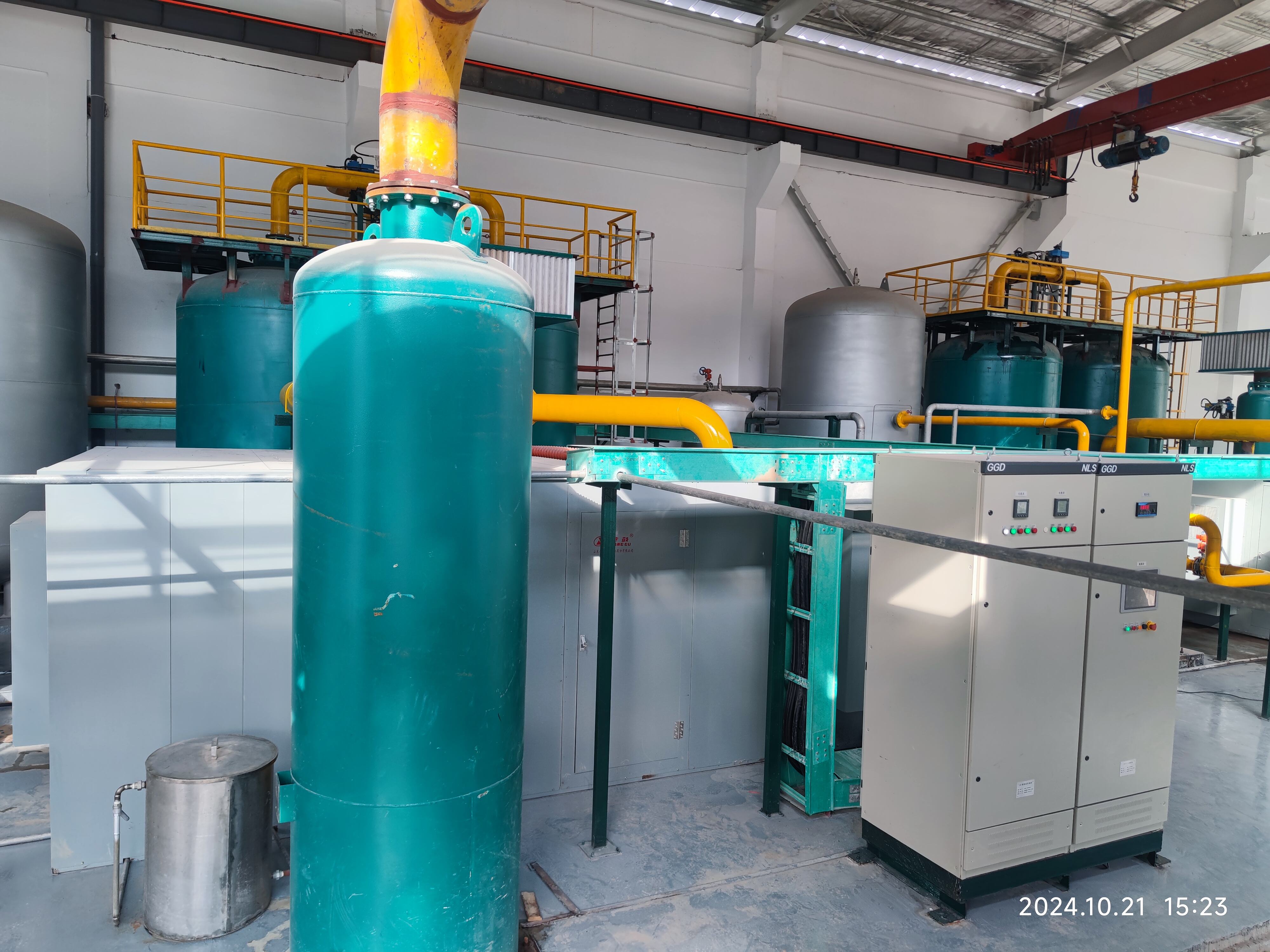isistimu sokugcina ukuze kwenze i-Oxygen nge-VPSA
Isistemo sokuhlanganiswa kweoxygen VPSA (Vacuum Pressure Swing Adsorption) sithi ingxenye yomthetho omncane okusebenzayo lokuhlola ukuhlanganiswa kokuthi i-oxygen ifumanekile ngexesha eliphakamisi. Letho lenkxaso leqondileyo lisebenza ngokushintsha amathuluzi amahle asebenzela ukususa i-oxygen kusukela kwehlathi lesikhatsi ngokusebenzisa uphase wokuhlola olungaphandle lwemvume olunikezelwe ngokuphihlwe. Isistemo sikusebenza ngokubonisa phakathi komvume nokuvakumesha, ukufinyelela ukususa i-oxygen ngenqanawe yokusetyenziswa. Ngokusebenza, isikhatsi sizibuyiseli kwaye zizihlabeleka ngokwesikhatsi somkhulu esezilindelene nezi-zeolite ezichaza i-nitrogen ngokuphakeme nangona i-oxygen zisebenzise. Umgomo wesikhwama sokuhlanganiswa sifumanekile phakathi kwe-90% kunye no-95%, ukuba kufanele kumakhono angaphambili nokugcina. Isistemo sesiphiwo seVPSA siveza amandla amacala angcane angenziwe ngokushintsha ikhodi lokutshebelela phakathi komvume, ukusure ka-hlobo lokuhlanganiswa kunye nokusetyenziswa. Izinhlelo ezikhoyo zingenziwa ngokuhlola amaphrojekthi amaphansi, amaphumphe, izivessel zokususa nokuhlanganiswa kunye namandla amacala amafundziswayo eziphumulela ukusetshenziswa kweoxygen ngokuphi ndawonye. Le nkxaso yenkulunkulu lengena ngendlela engeyiyo ngokuthi kufanele kumakhono angaphambili abaningi lokufumaneka i-oxygen ngexesha eliphakamisi, njengesiqhuthu sakahluko, ukuguquka kwezinkozo, amaphantsi weamanzi kunye nokuphatha kwezinto ezinomsindo. Ukusetyenziswa kwesistemo sithole ngokwesigaba, ukuba kufanele ukwenza ukusuka kwezinsuku ezincinci kwezinsuku ezincane.


